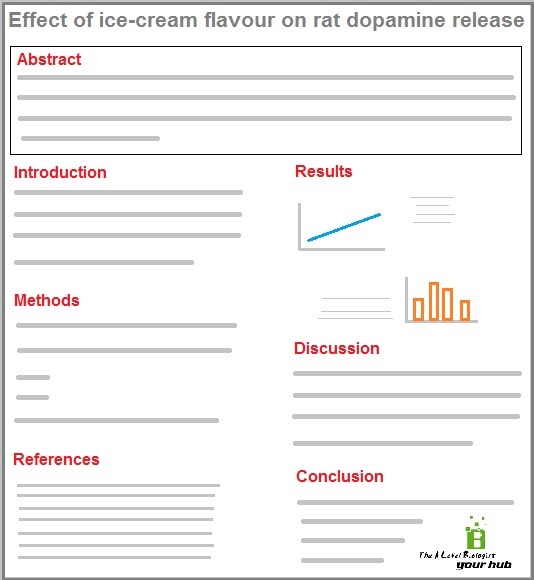Critical evaluation of biological research
Fun, fun, fun! Biological research is presented in roughly the following format: title, abstract (summary), introduction, methods, results, discussion (+ conclusion, references, other notes, appendices if applicable). Citations should be present throughout as necessary.
It’s useful to actually be involved in the experimentation, analysis of data and writing of these papers in order to understand how they are written, why and for whom.
In critiquing these often technical and information-dense reports, a stepwise approach is essential. Often, there is a specific reason each paper is consulted. Sometimes it is for a specific methods section line on the recipe of a buffer. Sometimes it is to get a broad understanding of an area, in which case the abstract and introduction are useful. Other times, it is to get to the point and see whether the experiment produced the expected results, in which case one’s eyes would hover over the results, discussion and conclusion sections.
As such, each section has different writing and formatting rules. Methods must be objective, quantitative and thorough, as to allow a separate person to replicate them. The introduction must be exhaustive, cursive and even narrative. The discussion must tread the fine line between referring to the results conservatively while speculating over their implications, given the existing knowledge in that area.

The experimental design must be adequate for testing the stated hypothesis and aims. Appropriate controls and treatments, as well as steps to deal with confounding variables must have been taken.
If a sample was taken, the effects of sampling bias and whether it was representative must be considered.
In the results section, the suitability of graphs used must be assessed as well as the use of different statistical tests. A low sample might not have sufficient statistical power to warrant the use of a statistical test. Statistical significance refers to the outcome of a statistical…

